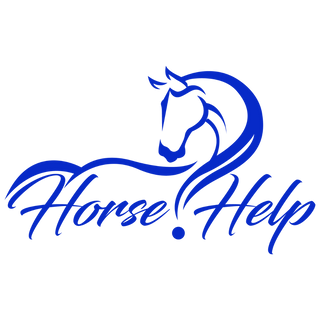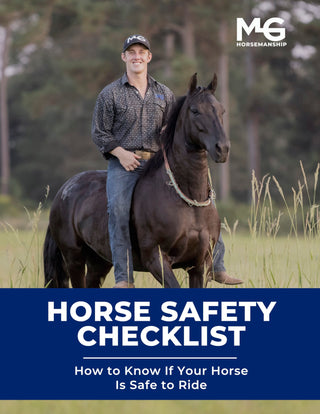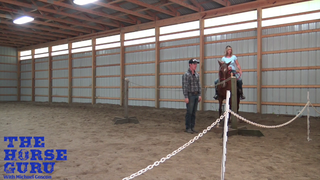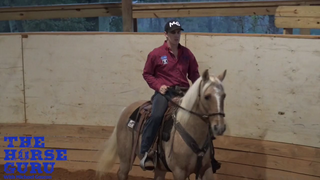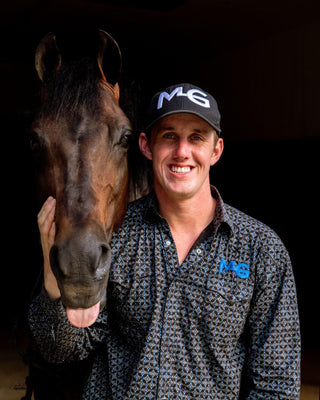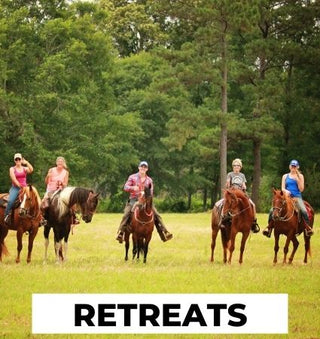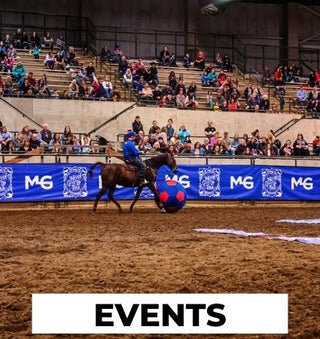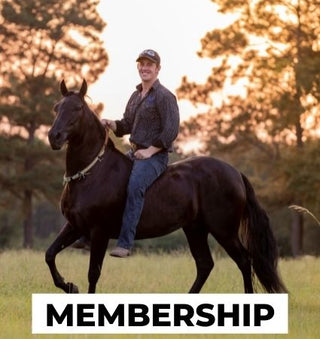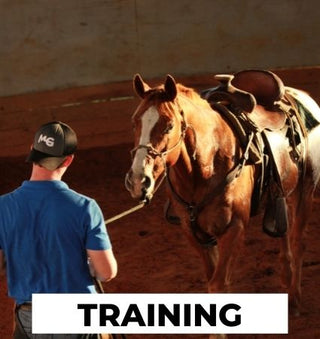Watch the Video Here or continue reading below!
Preparing for the Paso Fino Grand National Championship is no small task—especially when it comes to the Pleasure Division. In this post, Michael Gascon, known as The Horse Guru, takes us behind the scenes as he trains his talented 4-year-old Paso Fino gelding, Seabiscuit, for one of the most demanding divisions of the show.
What Is the Pleasure Division?
The Pleasure Division is one of three major categories at the Paso Fino Grand Nationals, alongside Performance and Fino. Horses in this division are judged on their ability to perform the same gaits as performance horses—Corto, Largo, and a flat walk—but with a unique twist. They must execute each gait with precision on a loose rein, maintaining composure, relaxation, and softness throughout.
The Gaits: Corto, Largo, and Flat Walk
Starting with the Corto
Michael begins by preparing Seabiscuit for the Corto, the short gait. He emphasizes the importance of gathering the reins before asking for the gait, keeping the horse from rushing. Key elements include:
-
Soft, rhythmic footfalls
-
Consistent movement
-
Balanced rider posture (head up, shoulders back, hands steady)
Transitioning to the Largo
Next comes the Largo, or long gait. This is where the horse is allowed to move out faster and cover more ground. Michael simply squeezes with his legs while keeping his hands steady. Seabiscuit, who loves speed, lights up in this gait.
To maintain rhythm and control, Michael uses subtle cues:
-
Leaning slightly into turns
-
Tipping the horse’s nose toward the rail
-
Applying inside leg pressure for balance
The Flat Walk: The Ultimate Test
The hallmark of a great Pleasure horse is their flat walk on a loose rein. After a fast Largo, Seabiscuit must come back down smoothly into a calm walk—no resistance, no tension. This “off switch” is what separates the great pleasure horses from the rest.
What Makes a Pleasure Horse Unique?
Pleasure horses must be versatile athletes with incredible mental control. While performance horses are expected to be flashy and animated, pleasure horses need:
-
A calm, steady demeanor
-
A smooth transition between gaits
-
The ability to perform on a loose rein without losing rhythm or engagement
Michael uses a breeching strap on Seabiscuit to encourage him to keep his hindquarters engaged and support proper collection.
Seabiscuit: A True Versatile Star
Seabiscuit isn’t just a pleasure horse. He also excels in:
-
Roman riding (standing on his back while riding)
-
Liberty work
-
Obstacle courses and trail riding
-
Cart pulling and trick training
His versatility makes him an ideal candidate for the Pleasure Division, where mental agility and physical ability are both required.
Understanding the Three Main Divisions
At the Grand Nationals, Paso Finos compete in:
-
Pleasure – Smooth gaits, loose reins, calm transitions
-
Performance – More animation, higher energy, tighter rein contact
-
Fino – Ultra-short steps, extreme precision, almost dancing in place
Each division is further broken down by age and gender, ensuring fair and exciting competition.
Final Thoughts: Why the Pleasure Division Shines
Michael shares that the Pleasure Division is his favorite. It demands both physical talent and mental relaxation, making it a true showcase of training and trust. Horses like Seabiscuit not only compete but enjoy the process—and that’s what makes them champions.
